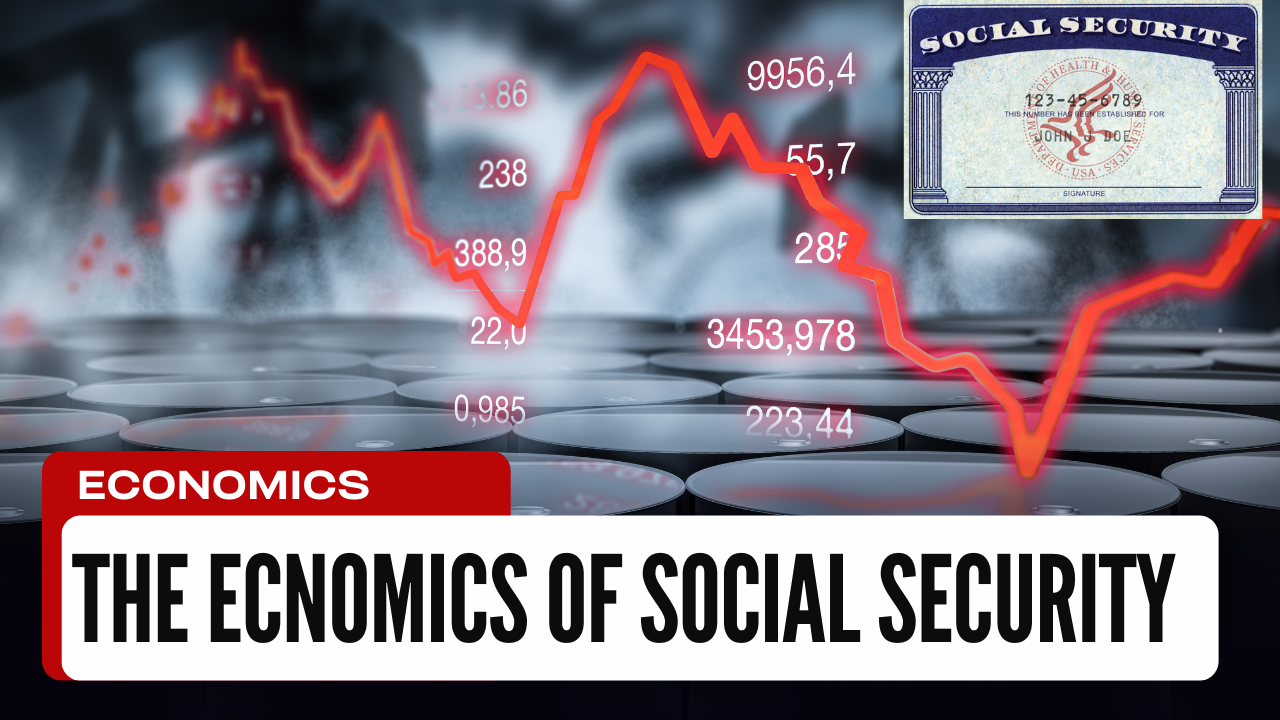The Economics of social security
Social security is a vital safety net program that provides financial support to people unable to work due to age, disability, or other factors. It is a complex system that involves both government spending and individual contributions. The economics of social security are essential to understand to evaluate the program’s sustainability and impact on society.
One of the primary economic concerns with social security is its financing. Social security is funded through a combination of payroll taxes and government subsidies. Payroll taxes are collected from workers and their employers and are used to fund benefits for current retirees. However, as the population ages and more people retire the ratio of workers to retirees decreases, which puts pressure on the system’s financing. In addition, the government has to make up for any shortfalls in funding through general tax revenue.
Another economic issue with social security is the long-term sustainability of the program. With people living longer and healthcare costs rising, the cost of providing benefits is increasing. To maintain the program’s solvency, there have been discussions about raising the retirement age, reducing benefits, and increasing payroll taxes. However, these solutions are often politically unpopular and difficult to implement.
Social security also has a significant impact on the broader economy. For example, social security payments provide a stable source of income for retirees, which can help support consumer spending. In addition, the program can act as an automatic stabilizer during economic downturns by increasing benefits to those unemployed or underemployed. However, some critics argue that social security reduces the incentives for individuals to save for retirement, which can reduce overall savings and investment in the economy.
Finally, social security has important implications for income inequality. The program is designed to provide a safety net for those who cannot work or have low incomes, which can help reduce poverty among seniors. However, the benefits are not means-tested, which means that higher-income individuals also receive payments. This has led some to argue that social security should be reformed to provide more targeted assistance to those who need it most.
In conclusion, the economics of social security are complex and multifaceted. While the program provides a vital safety net for millions of Americans, its long-term sustainability and impact on the broader economy are important issues that policymakers must consider. As the population ages and economic conditions evolve, social security will likely continue to be a subject of intense debate and scrutiny.



